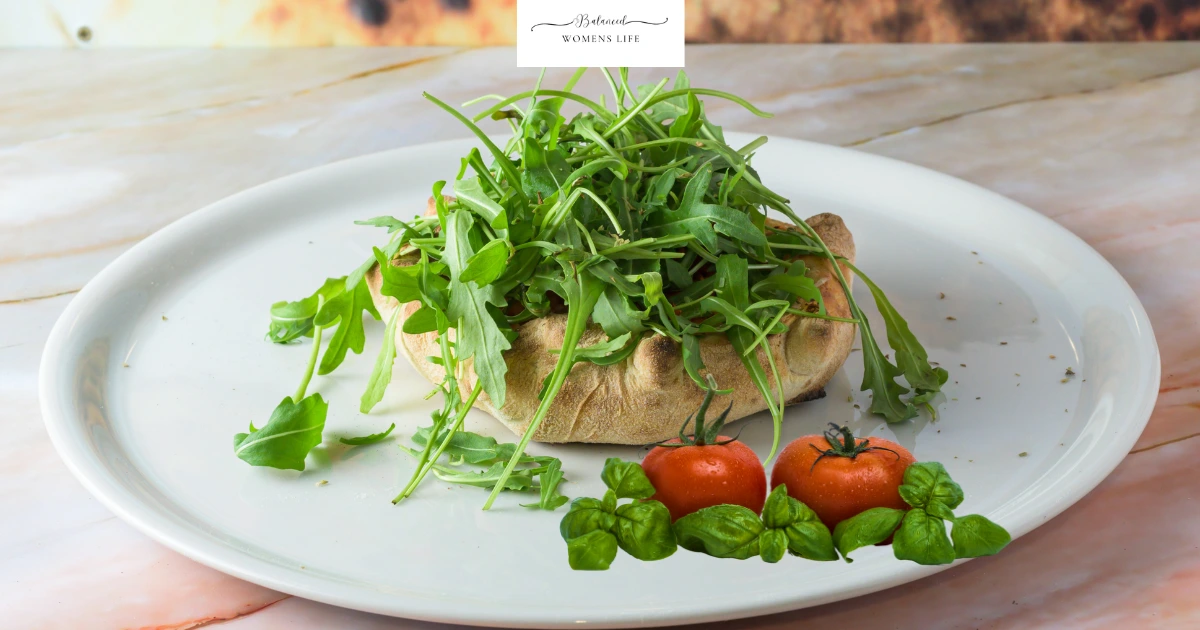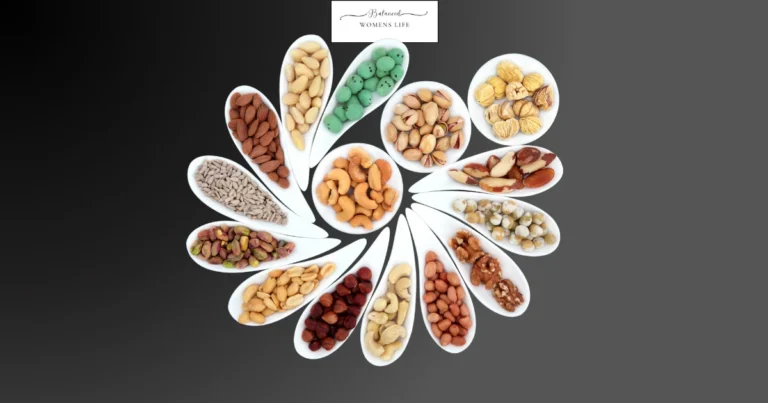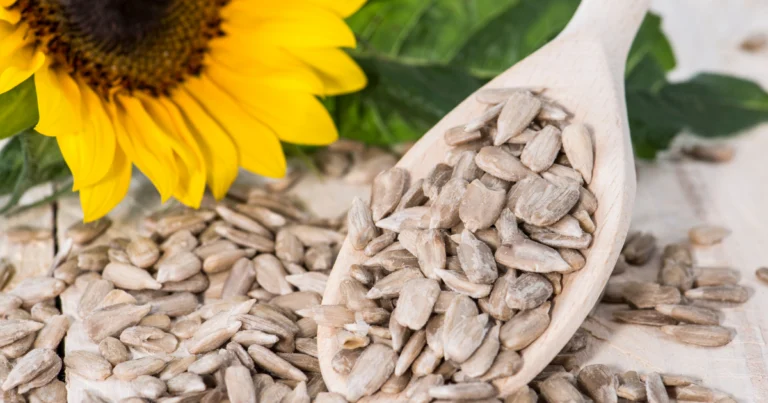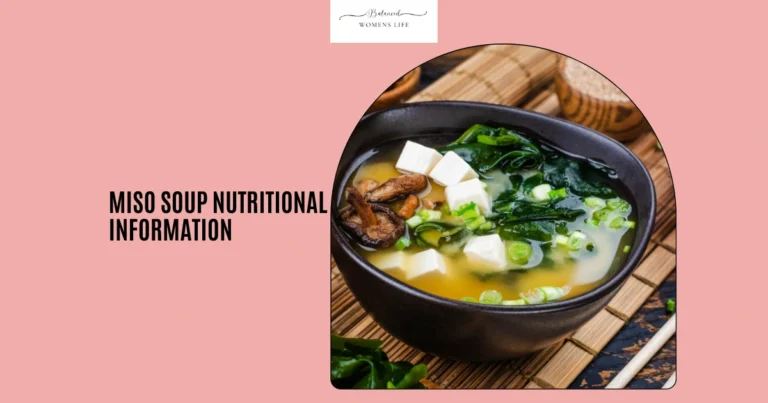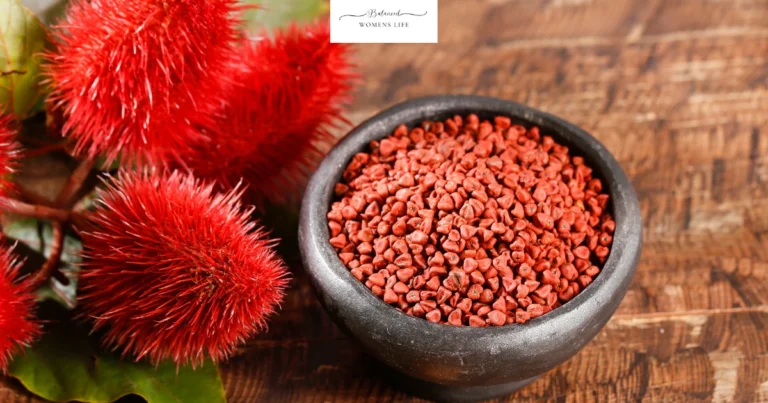Albahaca: The Aromatic Herb Your Kitchen Needs!
Table of Contents
Albahaca, also known as basil, is a popular herb used in various cuisines worldwide. Beyond its delightful aroma and flavor, albahaca is packed with essential nutrients and health benefits. Whether used fresh or dried, this herb enhances dishes while providing numerous medicinal properties. In this article, we explore the nutritional profile, health benefits, and culinary uses of albahaca.
Albahaca: A Nutrient-Rich Super Herb
Albahaca is more than just a culinary ingredient; it is a nutritional powerhouse filled with essential vitamins, minerals, and antioxidants.
Nutritional Composition of Albahaca
Below is the nutritional breakdown of fresh albahaca (per 100g serving):
| Nutrient | Amount per 100g |
|---|---|
| Calories | 22 kcal |
| Carbohydrates | 2.7 g |
| Fiber | 1.6 g |
| Protein | 3.2 g |
| Fat | 0.6 g |
| Vitamin A | 5275 IU |
| Vitamin C | 18 mg |
| Vitamin K | 415 mcg |
| Calcium | 177 mg |
| Magnesium | 64 mg |
| Iron | 3.2 mg |
These nutrients make albahaca a valuable addition to any diet, promoting overall well-being.
Health Benefits of Albahaca
1. Rich in Antioxidants
Albahaca is loaded with antioxidants, which help protect cells from oxidative stress and reduce inflammation.
2. Supports Heart Health
This herb contains compounds like eugenol, which can help lower blood pressure and cholesterol levels, supporting cardiovascular health.
3. Boosts Immunity
With high levels of vitamin C and other immune-boosting compounds, albahaca helps strengthen the immune system and fight infections.
4. Promotes Digestive Health
Albahaca contains fiber and essential oils that aid in digestion and reduce bloating.
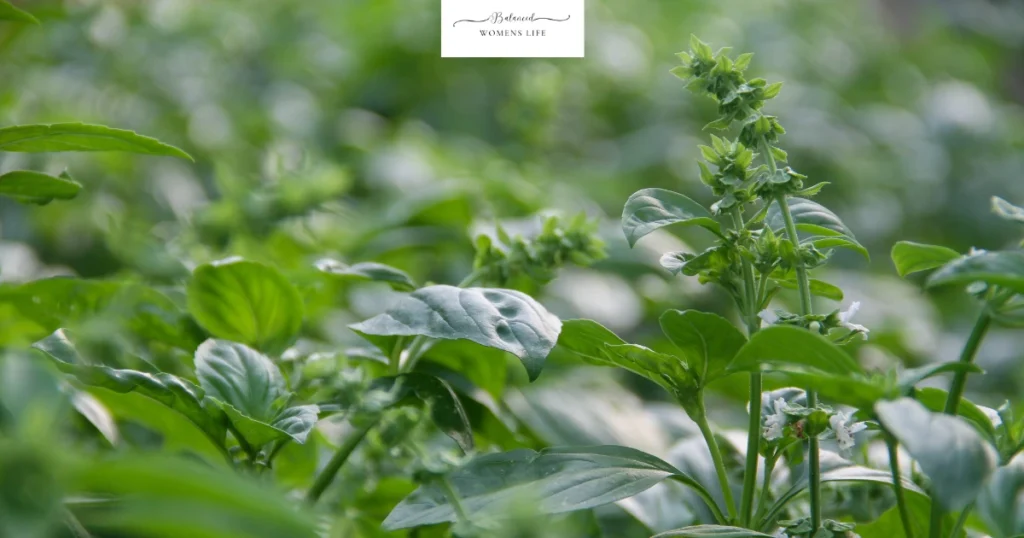
Albahaca vs. Other Herbs: A Nutritional Comparison
Below is a comparison of albahaca with other commonly used herbs:
| Herb | Calories (per 100g) | Vitamin A (IU) | Vitamin K (mcg) | Calcium (mg) |
| Albahaca | 22 kcal | 5275 | 415 | 177 |
| Parsley | 36 kcal | 8424 | 1640 | 138 |
| Cilantro | 23 kcal | 6748 | 310 | 67 |
| Mint | 44 kcal | 2120 | 135 | 243 |
Albahaca stands out as a low-calorie herb rich in vitamins and minerals, making it a great choice for a balanced diet.
How to Use Albahaca in Cooking
1. Fresh Albahaca in Salads
Chop fresh albahaca and mix it with tomatoes, mozzarella, and olive oil for a classic Caprese salad.
2. Albahaca in Sauces and Pestos
Blend albahaca with garlic, olive oil, pine nuts, and parmesan to make a delicious homemade pesto.
3. Herbal Teas and Infusions
Brew fresh or dried albahaca leaves in hot water for a soothing herbal tea with digestive benefits.
4. Garnish for Pasta and Soups
Sprinkle chopped albahaca over pasta dishes or soups for an aromatic finish.
FAQ: Common Questions About Albahaca
1. Is albahaca the same as basil?
Yes! Albahaca is the Spanish term for basil, and it comes in many varieties, including sweet basil and Thai basil.
2. What are the medicinal uses of albahaca?
Albahaca is used in traditional medicine to treat coughs, colds, and digestive issues due to its antibacterial and anti-inflammatory properties.
3. Can I grow albahaca at home?
Yes! Albahaca is easy to grow in a garden or a small pot indoors with adequate sunlight and water.
4. Is albahaca good for weight loss?
Yes! Low in calories and rich in fiber, albahaca can aid in digestion and promote a healthy metabolism.
Conclusion
Albahaca is a versatile and nutritious herb that brings flavor and health benefits to your meals. With its high antioxidant content, essential vitamins, and medicinal properties, incorporating albahaca into your diet can improve your overall well-being. Whether used fresh in salads, blended into pesto, or brewed in tea, this aromatic herb is a must-have in every kitchen.
Start adding albahaca to your favorite dishes today and enjoy its delicious flavor along with its numerous health benefits!

